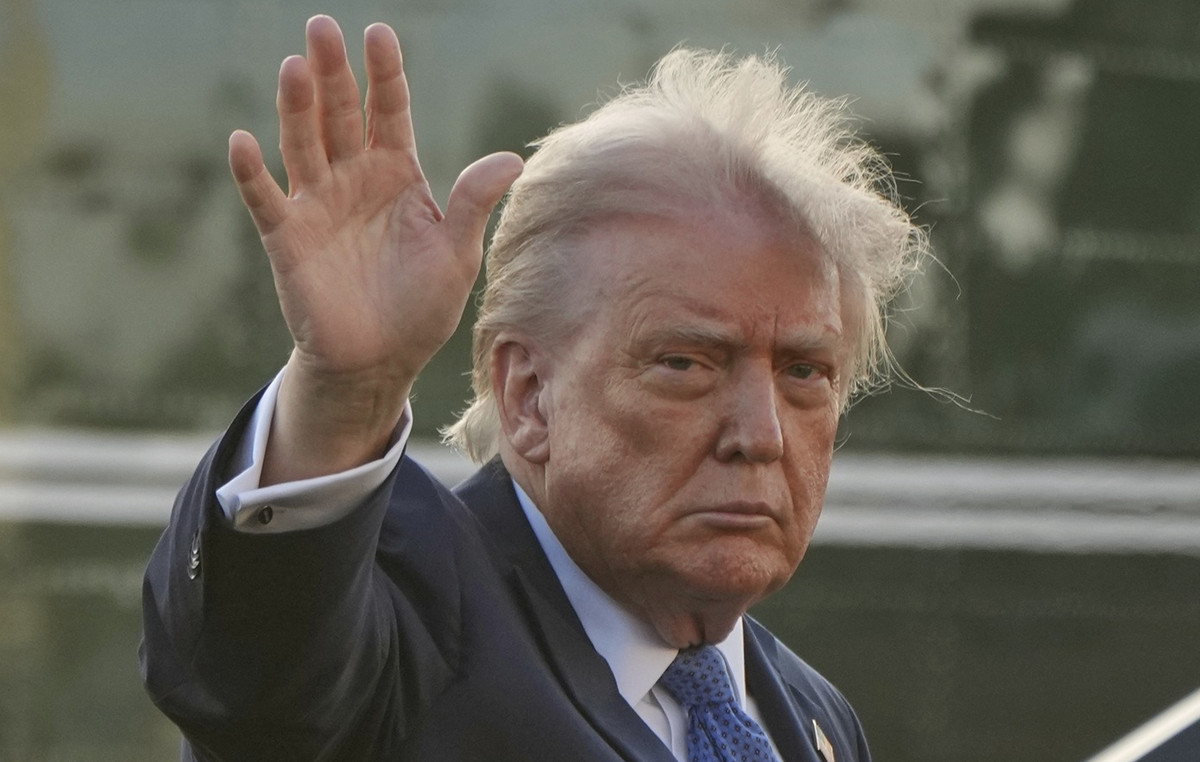- GBP/USD falls as market reacts to global tensions and UK inflation data.
- Technical indicators suggest further declines, with the pair now below the 200-day SMA.
- Key support levels to watch include 1.2600 and the May low at 1.2445, with potential to retest the yearly lows.
- Recovery above 1.2665 and the 200-day SMA would be crucial to reverse the current bearish momentum.
The British Pound fell against the US Dollar early in the North American session as traders digested the escalating conflict between Russia and Ukraine, the outcome of the US presidential election and UK inflation data. GBP/USD is trading at 1.2624, down 0.21%.
GBP/USD Price Forecast: Technical Outlook
Further declines are expected after the GBP/USD pair fell below the 200-day SMA at 1.2818. Furthermore, the main pair formed a successive series of lower highs and lower lows, clearing its way towards intermediate support at 1.2665, the daily low of August 8. That and oscillators like the Relative Strength Index (RSI), which indicate that sellers are in charge, confirm the pair’s bearish bias.
The next support level lies at 1.2600, followed by the May 9 daily low at 1.2445, before testing the yearly low (YTD) of 1.2299.
If buyers want to regain control, they need GBP/USD to rise above 1.2665, followed by 1.2700 and the 200-day SMA.
GBP/USD Price Chart – Daily
The British Pound FAQs
The British Pound (GBP) is the oldest currency in the world (AD 886) and the official currency of the United Kingdom. It is the fourth most traded foreign exchange (FX) unit in the world, accounting for 12% of all transactions, averaging $630 billion a day, according to 2022 data. Its key trading pairs are GBP/ USD, which represents 11% of FX, GBP/JPY (3%) and EUR/GBP (2%). The British Pound is issued by the Bank of England (BoE).
The most important factor influencing the value of the Pound Sterling is the monetary policy decided by the Bank of England. The Bank of England bases its decisions on whether it has achieved its main objective of “price stability” – a constant inflation rate of around 2%. Its main tool to achieve this is the adjustment of interest rates. When inflation is too high, the Bank of England will try to control it by raising interest rates, making it more expensive for people and businesses to access credit. This is generally positive for sterling, as higher interest rates make the UK a more attractive place for global investors to invest their money. When inflation falls too much it is a sign that economic growth is slowing. In this scenario, the Bank of England will consider lowering interest rates to make credit cheaper, so that companies will take on more debt to invest in projects that generate growth.
The data released measures the health of the economy and may affect the value of the pound. Indicators such as GDP, manufacturing and services PMIs and employment can influence the direction of the Pound.
Another important data that is published and affects the British Pound is the trade balance. This indicator measures the difference between what a country earns from its exports and what it spends on imports during a given period. If a country produces highly in-demand export products, its currency will benefit exclusively from the additional demand created by foreign buyers seeking to purchase those goods. Therefore, a positive net trade balance strengthens a currency and vice versa in the case of a negative balance.
Source: Fx Street
I am Joshua Winder, a senior-level journalist and editor at World Stock Market. I specialize in covering news related to the stock market and economic trends. With more than 8 years of experience in this field, I have become an expert in financial reporting.







